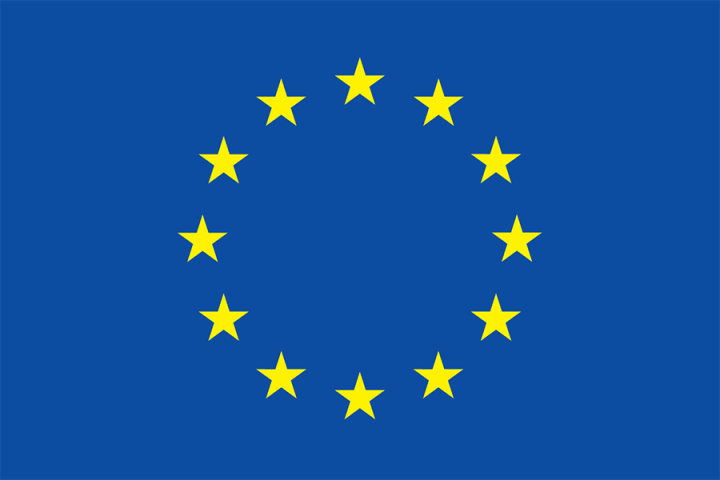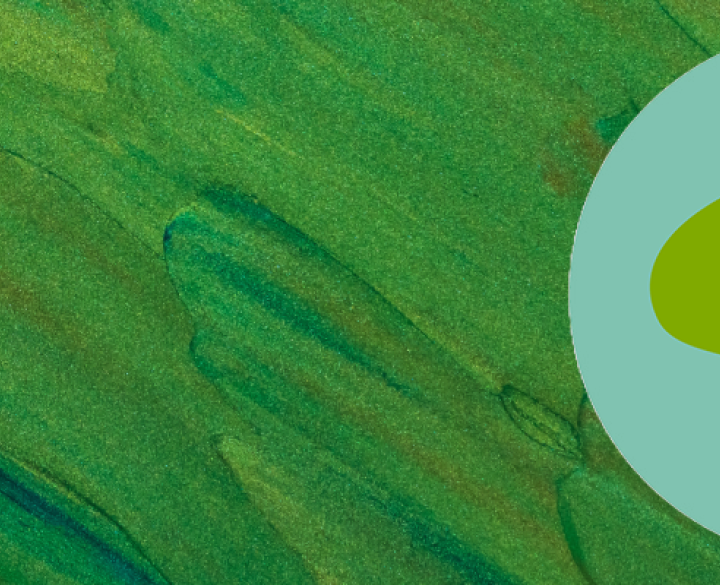HEREWEAR fosters innovations with a holistic, systemic approach in view of creating an EU market for locally produced circular textiles and clothing made from bio-based waste.
Today, virtually all clothing is produced in Asia, at low cost, under poor labour conditions and with few concerns for the environmental impact. The vast majority of clothing is made of two types of fibres; polyester (ca 64%) and cotton (ca 22%). Polyester is used for its strength, durability and cost effectiveness (ca €1/kg). Cotton is used for its comfort properties. The current system has considerable disadvantages and shortcomings. Polyester is oil-based and sourced in the Middle East, whilst cotton is mostly grown in e.g. India, with a large environmental impact because of pesticides and high water consumption. Moreover, small fibre fractions are released from the garments, especially from polyester fibres, during washing and wearing. These microplastics end up and accumulate in soil and water. The textile sector is considered the second largest contributor, with the annual amount of primary microplastics released from textiles estimated at 190,000 mt.
Therefore it is necessary to reinvent the fashion value chain focusing on:
- Sustainability: sustainable bio-based raw materials can enable recycling and circular use, with the main aim of maintaining the materials value as long as possible and novel approaches can prevent the release of microplastics.
- Novel trends in how to buy and use clothing: garments as a service (subscription models), rental, sharing, swapping, including repair, re-use, re-purpose, recycling and upcycling (remanufacture).
- A shared ethical vision: overcoming ‘extractive’, transport intensive business models leading to over production.
It is clear that the demand from many designers and brands for ‘bio-based’, ‘sustainable’, and ‘circular’ is not answered yet.
Objectives and approach
- New material solutions will build on the latest bio-based polyesters and cellulose developments. Three novel waste streams (seaweed, manure, straw) will be developed for cellulosic textile fibres. Emerging sustainable technologies for wet and melt spinning, for yarn and fabric making, will be developed and piloted at semi-industrial scale.
- Textile finishing will be innovated by means of coating and colouring biobased agents. Microfibre release will be significantly reduced via measures all along the textile manufacturing process.
- Garment prototypes for streetwear and corporate clothing will be produced by connecting micro-factories, organised into regional value creation circles; or by platform-supported, networked production resources.
- Use phase and end-of-life processing management - repair, re-use, recycle - will be implemented through novel structures.
- Full transparency will be provided through blockchain-enabled labelling and the configuration of a digital twin, informed with LCA information.
- A database and guidelines will be produced to support the design of fashion goods; with a focus on the best performance for bio-based materials and for reuse/recycling. Further guidelines will help the industry to take-up these results.
Consortium
Coordinator
Centexbel (BE)
Research partners
DITF - German Institutes of Textile and Fiber Research Denkendorf (DE)
TNO - The Netherland’s Organisation of Applied Scientific Research (NL)
RISE - Research Institutes of Sweden (SE)
University of the Arts London (UK)
Fundacio Eurecat (ES)
Industrial partners
Circular Fashion (DE)
Mai Bine (RO)
Materials Industrial Research and Technology Development Centre (GR)
Finipur NV (BE)
Mitwill Textiles Europe SARL (FR)
Vreteno UG (DE)
Sourcebook GmbH (DE)
Cedecs Sarl (FR)
Queen of Raw Inc. (US)
Acknowledgement

This project has received funding from the European Union's Horizon 2020 research and innovation programme under the European Union's Horizon 2020 research and innovation programme under grant agreement No. 101000632.




